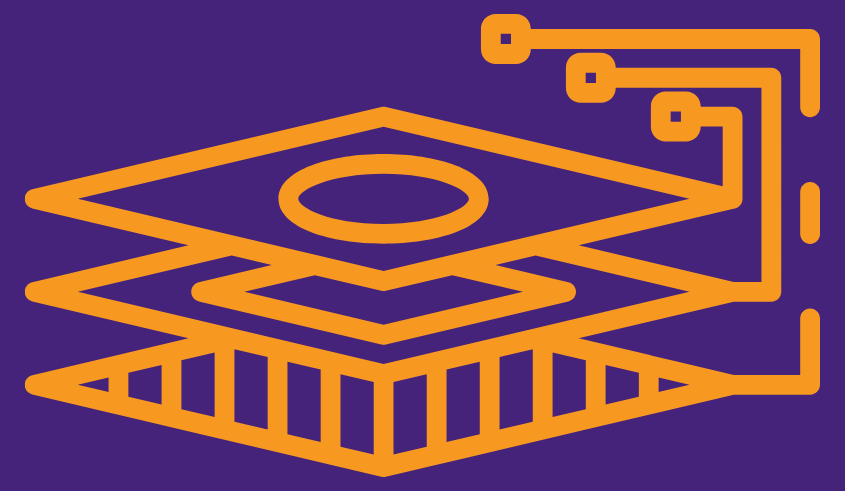
Cybersecurity is an essential aspect of any business or organization. As technology evolves, so do the threats that can harm an organization’s operations, data, and reputation. One of the most effective ways to defend against these threats is through the Defense in Depth (DiD) approach.
DiD is a cybersecurity approach in which multiple defensive methods are layered to protect a business. Since no individual security measure is guaranteed to endure every attack, combining several layers of security is more effective. This layering approach was first conceived by the National Security Agency (NSA) and is inspired by a military tactic with the same name. In the military, layers of defense help buy time. However, in IT, this approach is intended to prevent an incident altogether.
Essential elements of DiD
1. Firewalls
A firewall is a security system comprised of hardware or software that can protect your network by filtering out unnecessary traffic and blocking unauthorized access to your data.
2. Intrusion prevention and detection systems
Intrusion prevention and detection systems scan the network to look for anything out of place. If a threatening activity is detected, it will alert the stakeholders and block attacks.
3. Endpoint detection and response (EDR)
Endpoint detection and response (EDR) solutions constantly monitor endpoints to find suspicious or malicious behavior in real time.
4. Network segmentation
Once you divide your business’s network into smaller units, you can monitor data traffic between segments and safeguard them from one another. In the case that one segment is infected, the rest have a high chance of being alright.
5. The principle of least privilege (PoLP)
The principle of least privilege (PoLP) is a cybersecurity concept in which a user is only granted the minimum levels of access/permissions essential to perform their task.
6. Strong passwords
Poor password hygiene, including default passwords like “1234” or “admin,” can put your business at risk. Equally risky is the habit of using the same passwords for multiple accounts. To protect your accounts from being hacked, it’s essential to have strong passwords and an added layer of protection by using practices such as multifactor authentication (MFA).
7. Patch management
Security gaps left unattended due to poor patch management can make your business vulnerable to cyberattacks. When a new patch is delivered, deploy it immediately to prevent exploitation.
How BizCom will help defend you against threats
BizCom can help you divide DiD into three security control areas:
1. Administrative controls
The policies and procedures of a business fall under administrative controls. These controls ensure that appropriate guidance is available and security policies are followed.
Examples include hiring practices or employee onboarding protocols, data processing and management procedures, information security policies, vendor risk management and third-party risk management frameworks, information risk management strategies, and more.
2. Technical controls
Hardware or software intended to protect systems and resources fall under technical controls. They include firewalls, configuration management, disk/data encryption, identity authentication (IAM), vulnerability scanners, patch management, virtual private networks (VPNs), intrusion detection systems (IDS), security awareness training, and more.
3. Physical controls
Anything that physically limits or prevents IT system access falls under physical controls, such as fences, keycards/badges, CCTV systems, locked cages, and more.
Along with making up the three areas of a solid DiD strategy, these controls are also the basis for every compliance standard out there. If your business needs to comply with one of them, and most likely you do even if you don’t know it yet, then our RiskLOK Compliance as a Service is a perfect way for you to protect yourself and begin your compliance journey.
Contact us to start the process of making your organization more secure by contacting our sales team by clicking the button below or calling (919) 256-5360.


